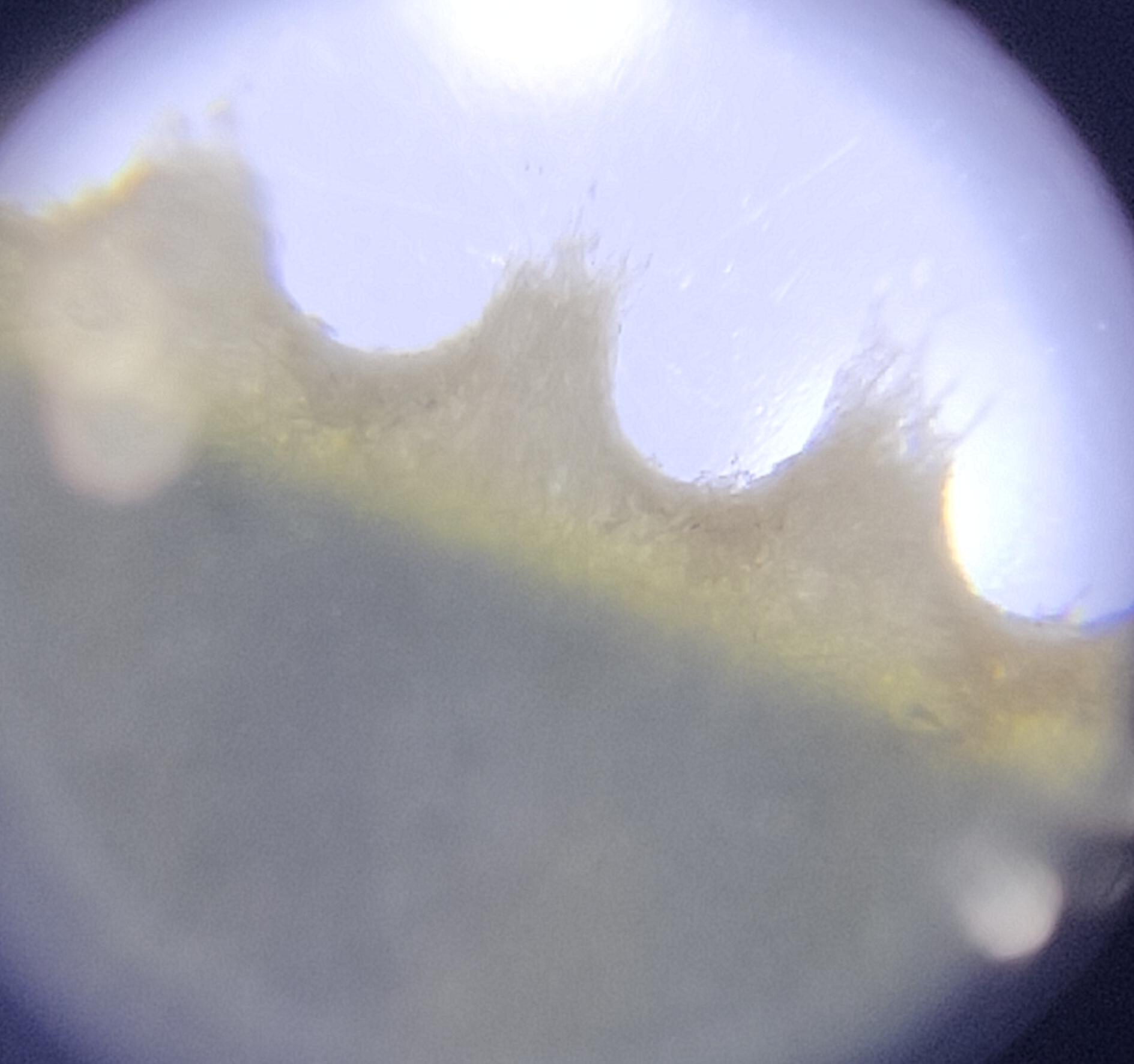Butterflies of Malaysia: Distinguishing between Harrison & Sons and Bradbury Wilkinson
In 1971, a set of Butterfly themed stamps were issued in each state replacing the use of the former Orchids definitive stamps. These stamps were initially printed by Bradbury Wilkinson, and designed by Victor Whiteley. Later on, a change in printing contract in 1977 meant that subsequent prints were handled by Harrisons and Sons Limited, for a limited period.
Differences are subtle, however, distinguishing them is manageable since both Bradbury Wilkinson and Harrison had different printing approaches.
At times, the color of the right column is a giveaway, which in the case for the 2c and 5c denomination, Harrison and Sons print has a light blue colored column instead of white.
 |
| Harrison and Sons on the left, Bradbury Wilkinson on the right. |
 |
| Harrison and Sons on the left, Bradbury Wilkinson on the right. |
As for the 10c denomination, another noticeable feature is that the black veins seen on the wings of the butterfly of the Harrison and Sons print were more prominent.
 |
| Harrison and Sons on the left, Bradbury Wilkinson on the right. |
Stamps of this issue by Bradbury Wilkinson were identically produced by a four color lithography technique using cyan, magenta, yellow, and black (CMYK) on white fluorescent paper with glossy ink. Black only for its entire design and denomination. A second print with another black cylinder was employed to customize each stamps in a sense that unique state names, crest, and portraits of state rulers were added. This approach gives butterflies by Bradbury Wilkinson its sharp lithographic print appearance.
Butterflies by Harrison and Sons Limited, on the other hand were printed in photogravure on chalk paper - an approach where the image is reproduced by photographically transferring onto a printing plate. Because of this approach, butterflies by Harrison and Sons will appear in more subtle colors with pixelated prints that are very obvious on its denomination and state names giving it a jagged appearance.
To have a better grasp at the subject at hand, here is a scan of the denominations of both print types.
 |
| Harrison and Sons print - jagged edges under x60 magnification |
There are other ways of telling which print is which, one that was always suggested by many senior collectors is to just look at the color difference where Harrison and Sons are subtle compared to the sharper print of Bradbury Wilkinson that shows better contrast. Another method makes use of the properties of the paper itself since Bradbury Wilkinson used glossy ink perhaps the glossiness was retained.
However, I personally find that these other methods require hundreds of sampling and months of getting used to what you are looking at only to say "I think this is a Bradbury" or "This is a Harrison". It is arduous - why overcomplicate things? I think that investing in a magnifying glass saves a great amount of time. It's foolproof.
Lastly, here is an overview of the two prints: Harrison and Sons on the left, Bradbury Wilkinson on the right. Also, note that Harrison and Sons did not reprint the 6c denomination.
Thanks for dropping by.
Note on stamps:
1. Sabah 1971 ISC396-402 1 cent - 20 cents multicolored 'State Definitive series - Butterflies'.
No wmk.
P. 13.5 x 13
No wmk.
P. 13.5 x 13
2. Sabah 1977 ISC403-408 1cent - 20 cents multicolored 'State Definitive series - Butterflies'
No wmk.
P. 13.5 x 13
No wmk.
P. 13.5 x 13





Comments
Post a Comment